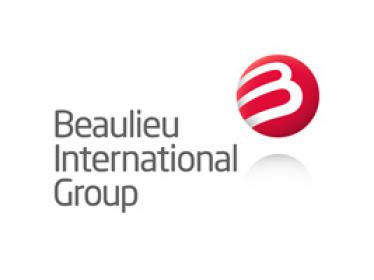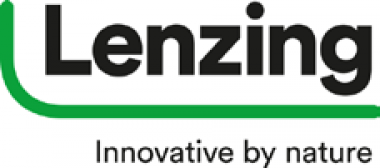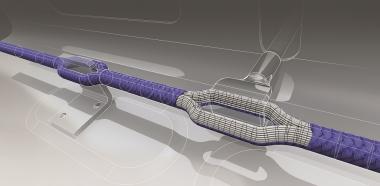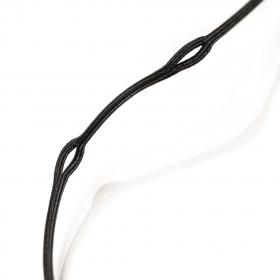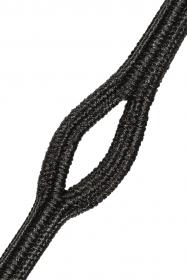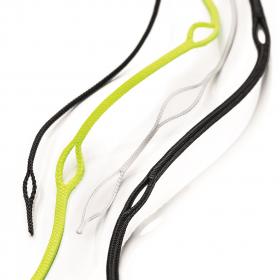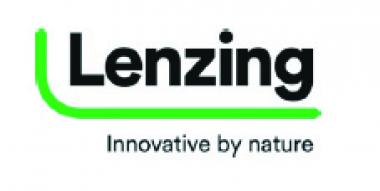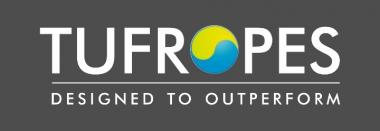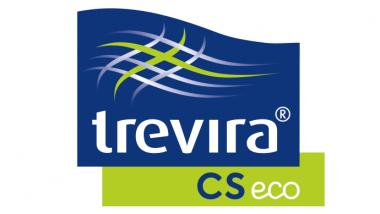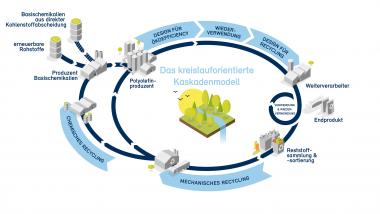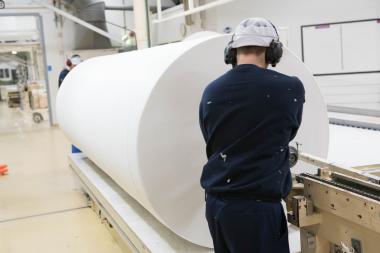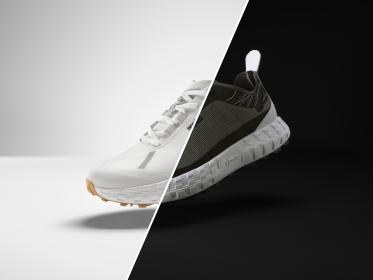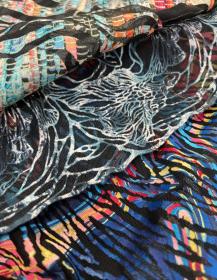Rieter Investor Update 2021
- Order intake of CHF 698.6 million in third quarter 2021
- Order intake of CHF 1 673.9 million after nine months
- Acquisition of the three Saurer businesses on schedule
- Credit lines renewed early
- Outlook 2021
The positive market dynamics, which Rieter has already reported on several occasions, continued in the third quarter of the current year. Rieter recorded an order intake of CHF 698.6 million in the third quarter of 2021 (2020: CHF 174.4 million).
The order intake of CHF 1 673.9 million after nine months corresponds to an increase of 294% compared to the prior year period (2020: CHF 425.1 million).
The market development is broadly supported at the global level and is based on a catch-up effect from 2019 and 2020 in combination with a regional shift in demand. Rieter believes that a major reason for this regional shift in demand is the development of costs in China. This is leading to increased investments outside the Chinese market. The orders came primarily from Turkey, Latin America, India, Pakistan and China. Overall, Rieter is benefitting from its innovative product range and the global positioning of the company.
The Business Group Machines & Systems achieved an order intake totaling CHF 1 281.6 million in the first nine months of 2021 (+447%).*
In the first nine months of 2021, the Business Group Components recorded an increase of 95% to CHF 227.0 million, while the Business Group After Sales posted an order intake of CHF 165.3 million, an increase of 123% compared to the prior year period.*
Acquisition of the three Saurer businesses on schedule
The acquisition of the three businesses from Saurer, which Rieter announced on August 16, 2021, is proceeding according to plan. The incoming orders for these businesses are not taken into account in this trading update.
Credit lines renewed early
The Rieter Group arranged the early renewal of the existing committed credit lines (five-year term, totaling CHF 250 million).
Outlook 2021*
The first nine months of 2021 were characterized by a rapid market recovery combined with a regional shift in demand. Rieter expects the demand for new systems to gradually return to normal in the coming months.
For the full year 2021, Rieter anticipates sales of around CHF 900 million.
* See attached document for more information.










